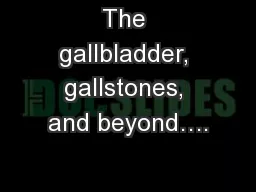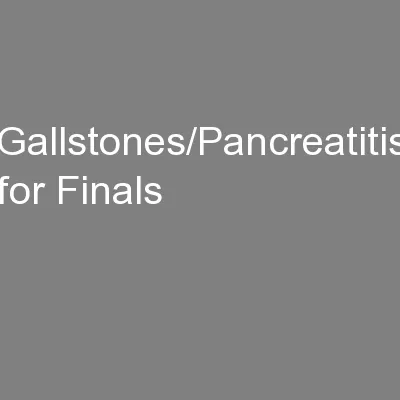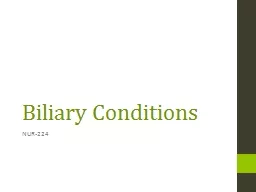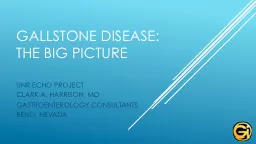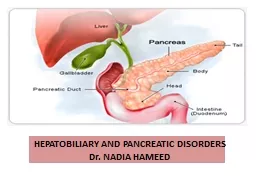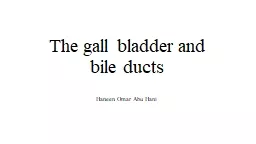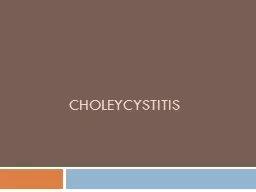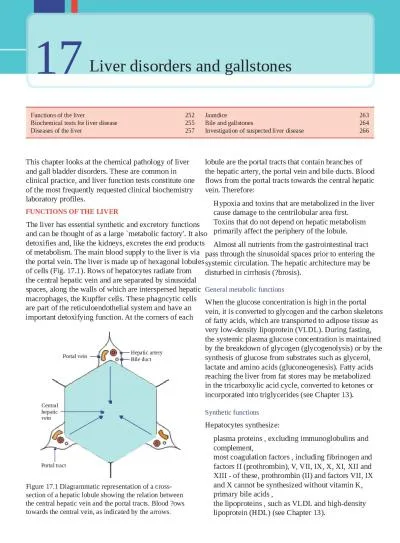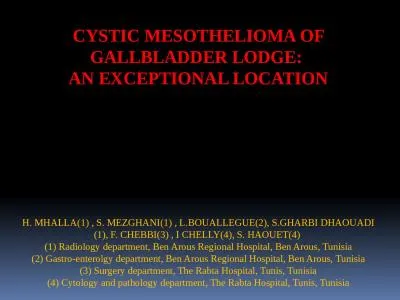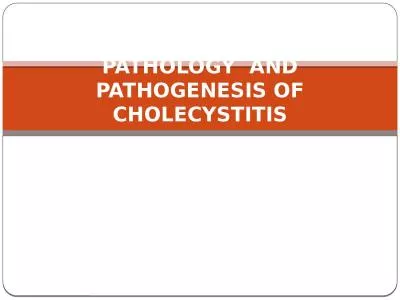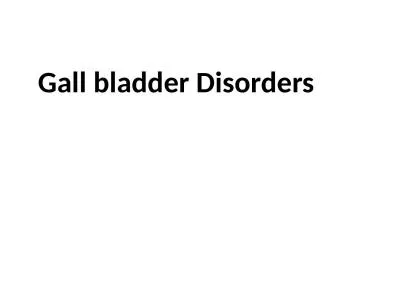PPT-The gallbladder, gallstones, and beyond….
Author : myesha-ticknor | Published Date : 2018-10-30
Leslie Kobayashi MD January 31 2012 Anatomy Liver Bile ducts Pancreas Duodenum Transverse colon Anatomy Fundus Body Infundibulum Neck Cystic duct Spiral Valves of
Presentation Embed Code
Download Presentation
Download Presentation The PPT/PDF document "The gallbladder, gallstones, and beyond�..." is the property of its rightful owner. Permission is granted to download and print the materials on this website for personal, non-commercial use only, and to display it on your personal computer provided you do not modify the materials and that you retain all copyright notices contained in the materials. By downloading content from our website, you accept the terms of this agreement.
The gallbladder, gallstones, and beyond….: Transcript
Download Rules Of Document
"The gallbladder, gallstones, and beyond…."The content belongs to its owner. You may download and print it for personal use, without modification, and keep all copyright notices. By downloading, you agree to these terms.
Related Documents

